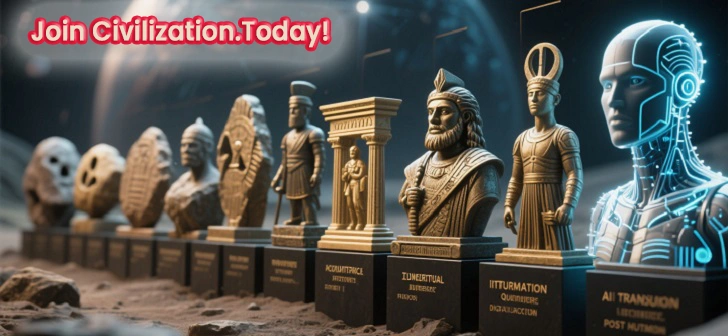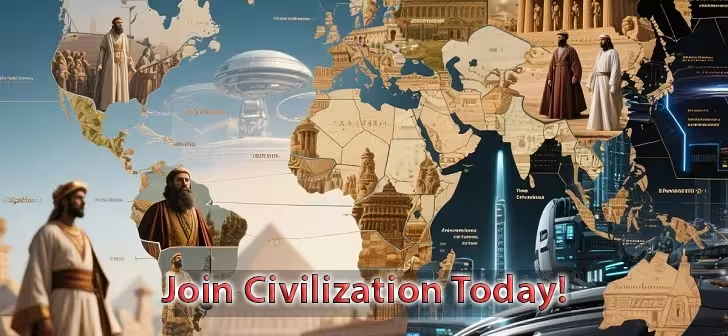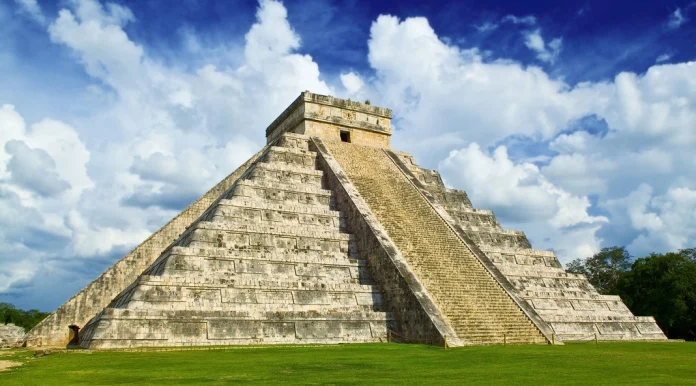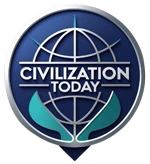When it comes to the wonders of ancient civilizations, few are as mysterious and captivating as the Maya civilization history. Spanning thousands of years, this incredible culture thrived in present-day Mexico, Guatemala, Belize, Honduras, and El Salvador. The Maya were master builders, brilliant astronomers, and creators of one of the most accurate calendars in human history. Yet, despite their remarkable achievements, their society eventually collapsed, leaving behind haunting ruins and unanswered questions.
In this article, we will dive deep into the Maya civilization history, exploring their advanced understanding of astronomy, their sophisticated calendar systems, and the theories surrounding their mysterious decline.
The Origins of the Maya Civilization
The roots of Maya civilization history stretch back to around 2000 BCE, when early farming communities began to settle across Mesoamerica. Over centuries, these communities evolved into complex city-states, each with its own ruler, ceremonial centers, and distinctive culture.
At their peak during the Classic Period (250–900 CE), Maya cities like Tikal, Palenque, Copán, and Calakmul became centers of politics, trade, and religion. Monumental stone temples rose above the jungles, covered in intricate carvings that told stories of gods, kings, and cosmic events.
Astronomy: The Maya’s Window to the Universe
If you think modern scientists are the only ones who can track planets and predict eclipses, think again. The Maya civilization history shows us that centuries before telescopes existed, the Maya had already mastered celestial observation.
They built observatories, such as the famous El Caracol in Chichén Itzá, which was aligned to track the movement of Venus, the sun, and the moon. For the Maya, astronomy was not just science—it was religion, politics, and survival combined.
- Venus Cycles. The Maya closely tracked Venus’s appearance and disappearance in the sky, using it to plan wars and ceremonies.
- Solar Alignments. Their temples were often aligned with solstices and equinoxes, turning architecture into astronomical instruments.
- Eclipse Predictions. Based on careful records, Maya astronomers could predict both solar and lunar eclipses with stunning accuracy.
This deep connection between the heavens and daily life made the Maya one of the most advanced astronomical cultures in history.
The Maya Calendar: More Than Just Dates
The Maya’s reputation for timekeeping is legendary. The Maya civilization history reveals that they created not one, but three interconnected calendars:
- The Tzolk’in (260-day ritual calendar). Used for religious ceremonies, divination, and naming days.
- The Haab’ (365-day solar calendar). Closely matched the solar year, used for agricultural and civic planning.
- The Long Count Calendar. Used to track vast periods of time, stretching back to the mythical creation date of 3114 BCE.
One of the most famous modern myths about the Maya calendar came from the misinterpretation of the Long Count’s 13th baktun cycle, which ended in December 2012. Many believed this marked the “end of the world.” In reality, for the Maya, it was simply the beginning of a new cycle—like flipping a cosmic calendar page.
Daily Life and Achievements
The Maya civilization history is not just about astronomy and calendars; it is also a testament to their engineering, art, and intellectual achievements.
- Architecture. The Maya built massive step pyramids, ball courts, and palaces without metal tools or the wheel.
- Writing System. They developed a complex hieroglyphic writing system, combining logograms and phonetic symbols.
- Mathematics. They were one of the first cultures to use the concept of zero, centuries before it appeared in Europe.
- Agriculture. They engineered advanced farming techniques, including raised fields and terracing, to feed large urban populations.
The combination of these achievements allowed the Maya to thrive for over two millennia.
The Collapse: Mystery and Theories
One of the most fascinating aspects of Maya civilization history is its sudden decline during the Late Classic Period (around 800–900 CE). Over a few generations, major cities were abandoned, monumental construction ceased, and the political system fragmented.
Historians and archaeologists have proposed several possible reasons for the collapse:
- Environmental Stress. Prolonged droughts, likely worsened by deforestation and overfarming, may have crippled agriculture.
- Warfare. Increased conflict between rival city-states drained resources and destabilized society.
- Political Overreach. Complex hierarchical systems may have become too rigid and costly to maintain.
- Disease. Epidemics could have decimated populations, weakening communities.
- Trade Disruption. The breakdown of trade networks may have starved cities of essential goods.
Most experts agree it was likely a combination of these factors rather than a single cause.
The Maya Today: A Living Legacy
Although the great Maya cities were abandoned, the Maya people themselves never disappeared. Millions of Maya descendants still live in the Yucatán Peninsula, Guatemala, Belize, and Honduras. They continue to speak Mayan languages, practice traditional farming methods, and celebrate cultural festivals that blend ancient rituals with modern life.
From the bustling markets of Chichicastenango to the sacred ceremonies at ancient temples, the spirit of the Maya endures.
Why the Maya Civilization Still Captivates Us
The Maya civilization history continues to fascinate scholars, adventurers, and tourists for several reasons:
- Architectural Wonders. Sites like Chichén Itzá and Tikal are UNESCO World Heritage treasures that attract millions of visitors each year.
- Scientific Brilliance. Their astronomical and mathematical knowledge still impresses modern researchers.
- Cultural Resilience. The survival of Maya traditions over millennia offers valuable lessons in adaptability and identity.
- Unsolved Mysteries. The incomplete answers about their collapse fuel endless curiosity.
The Maya story is one of human brilliance, resilience, and vulnerability—a reminder that even the greatest civilizations are not immune to change.
Final Thoughts
The story of the Maya is a dazzling chapter in human history. From their awe-inspiring temples and precise astronomical calculations to their advanced calendar systems, the Maya civilization history showcases the heights human ingenuity can reach. At the same time, their collapse serves as a powerful lesson about the fragility of societies in the face of environmental, political, and social pressures.
Whether you’re an archaeologist, a history enthusiast, or simply someone fascinated by the mysteries of the past, the Maya offer endless inspiration and intrigue. As we continue to study their legacy, one thing remains certain: the Maya’s knowledge of the cosmos and mastery of time will keep their civilization alive in human memory for centuries to come.




